Contents |
Preface -
Organizational philosophy; Information for users; Design and online annotation; PSG&T Search; About the authors.
The Frictional Regime
1. Geologic Structures and Deformation Regimes
2. Force and Stress
3. The Frictional Regime
4. Joints and Veins
5. Faults and Faulting
The Plastic Regime
6. Deformation and Strain
7. The Plastic Regime
8. Folds and Folding
9. Fabrics and Fabric Elements
Plate Tectonics
10. The Lithosphere
11. Whole Earth Structure and Plate Tectonics
12. Extension Tectonics
13. Contraction Tectonics
14. Wrench Tectonics
15. Deconstructing Tectonics
FAQ - Answers to Frequently Asked Questions |
The Frictional Regime |
 1. Geologic Structures and Deformation Regimes 1. Geologic Structures and Deformation Regimes
Depositional structures
Unconformities
Salt structures
Igneous/volcanic structures
Impact structures
Deformation structures
Deformation regimes (Frictional regime, Plastic regime)
Structural Analysis
Plate tectonics
Supplementary Material
Concept summaries
Reading
Stereonet software (v11.x, incl 3D visualization)
|
 2. Force and Stress 2. Force and Stress
Force and Units
Newtonian and continuum mechanics
2D and 3D stress
Stress ellipsoid
Stress relationships: normal stress and shear stress
Mohr construction for stress
- Stress states
Measurement of stress (at surface, at depth)
Lithospheric stress
Supplementary Material
Terminology, Units and conversions
Mohr construction activity
Stress tensor
Stress trajectories
Reading
Stress (MohrPlotter) software |
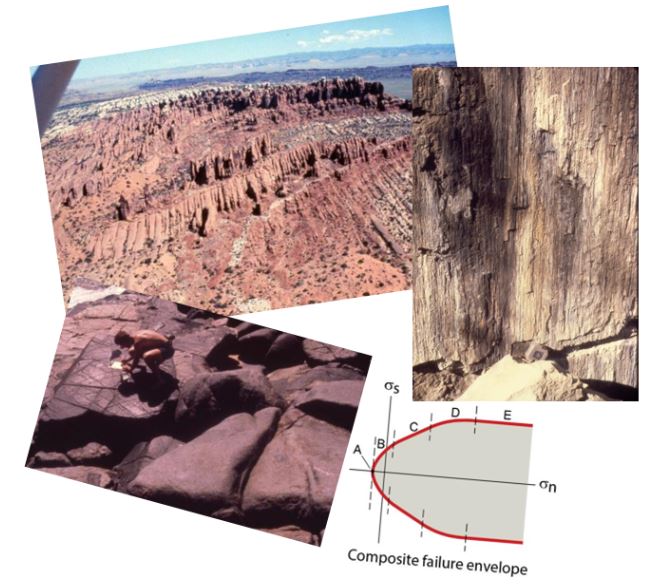 3. The Frictional Regime 3. The Frictional Regime
Processes of brittle deformation
Elasticity
Tensile cracking
Axial deformation experiments
Formation of shear fractures (faults)
Failure criteria (Mohr, Coulomb, von Mises)
Faults and stress
Stress and fault types: Andersonian theory
Frictional sliding
Friction criterion (Byerlee)
Stress and sliding
Role of fluid pressure
Supplementary Material
Terminology
Reading |
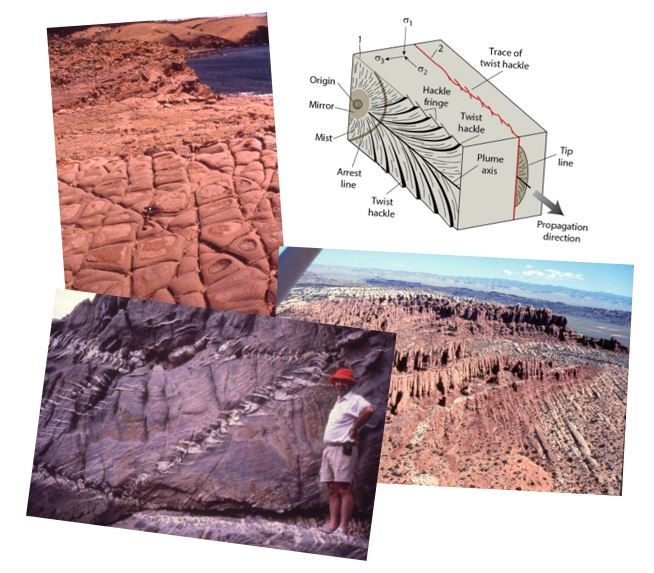 4. Joints and Veins 4. Joints and Veins
Joints
- Surface features
- Joint arrays
- Joint spacing
- Origin of joints
Veins
- Origin and history of veins
- Syntaxial and antitaxial veins
- En-echelon veins
Lineaments
Supplementary Material
Terminology
Reading |
 5. Faults and Faulting 5. Faults and Faulting
Fault types and geometries
Fault systems
Fault bends
Dimensions and Subsidiary faults
Fault surfaces Fault rocks (Cataclasites, Mylonites, Pseudotachylytes)
Fault character with depth
More on mechanics of faulting
- Thrust paradox
- Thrust wedges
Faults and
Society
Supplementary Material
Fault Types
Reading
|
The Plastic Regime |
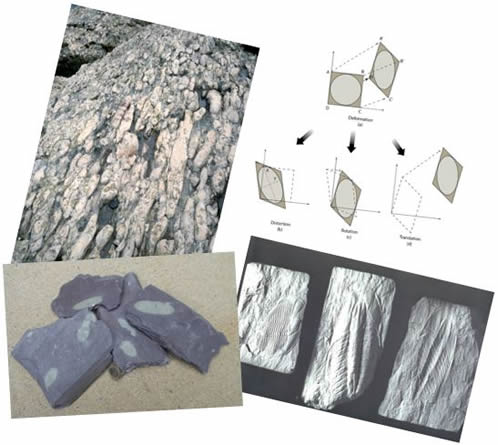 6. Deformation and Strain 6. Deformation and Strain
Deformation components
Strain ellipse (and ellipsoid)
Coaxial and non-coaxial strain
Strain path and superimposed strain
Strain quantities
Strain states
Representations of strain
Finite strain analysis
- Spherical objects
- Angular changes
- Length changes
Supplementary Material
Types of strain
Strain activity
Mohr construction for strain
Reading
Strain software |
 7. The Plastic Regime 7. The Plastic Regime
Strain rate
Viscosity
Crystal defects (Point defects, Line defects/Dislocations)
Crystal plasticity
- Dislocation creep
- Glide
- Climb
Microstructures
- Twinning
- Recovery
- Recrystallization
Diffusional processes and microstructures
Deformation mechanism maps
Confusing Terminology?
Supplementary Material
Terminology
Crystal slip systems
Summary table
Calcite twinning analysis;
Deformation mechanism map activity
Reading |
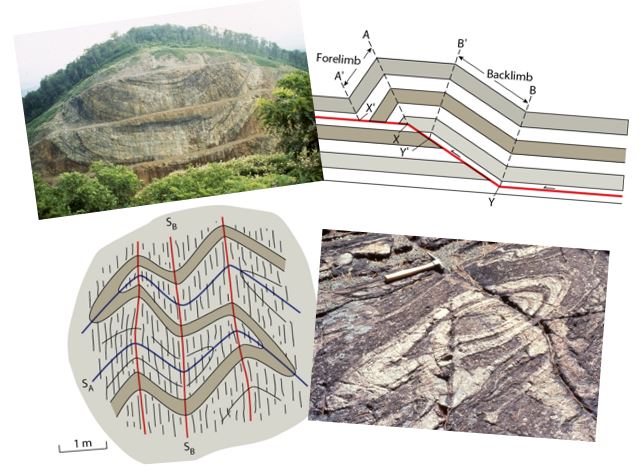 8. Folds and Folding 8. Folds and Folding
Fold anatomy
Fold classification
Fold systems
Mechanics of folding
- Bending
- Buckling
- Fold (Biot) equation
Kinematics of folding
-
Flexural folding
- Neutral-surface folding
Fault-related folds
-
Fault-bend folding
-
Fault-propagation folding
-
Detachment folding
Superimposed folding
- Fold interference
-
High-strain folding and transposition
Supplementary Material
Terminology
Dip isogons
Strain-modified fold (Biot-Ramberg) equation
Reading |
 9. Fabrics and Fabric Elements 9. Fabrics and Fabric Elements
Foliations
- By metamorphic grade
- By morphology (cleavage, schistosity, gneissosity)
- (Axial plane) cleavage
Porphyroblastesis
Shear zones/Mylonites
- Shear sense indicators
Foliations and strain
Lineations
Supplementary Material
Terminology
Crystallographic fabrics
Reading |
Plate Tectonics |
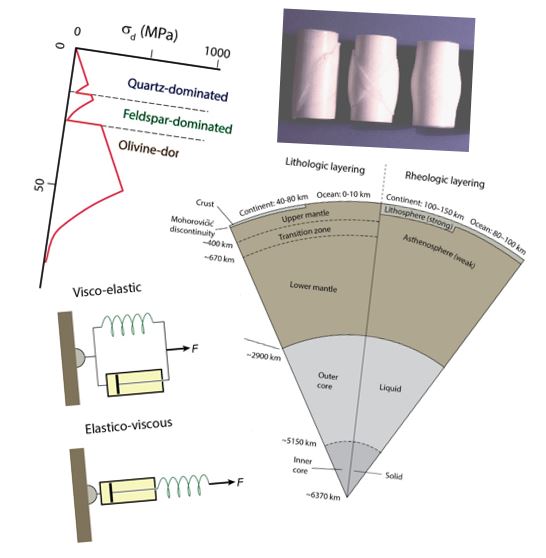 10. The Lithosphere 10. The Lithosphere
What is rheology?
General rock creep behavior
Elastic, viscous and composite linear rheologies
- Maxwell relaxation time and Earth behavior
Insights from rock deformation experiments
- Pl, T, Pf, ê
Non-linear rheology
- Plastic flow stresses
- Crust and upper mantle strength curve(s)
Defining lithosphere and asthenosphere
-
Lithologic vs rheologic layering.
Supplementary Material
Terminology
Rock creep parameters
Isostasy
Reading |
 11. Whole Earth Structure and Plate Tectonics 11. Whole Earth Structure and Plate Tectonics
Earth’s layers
Earth’s topography
The crust
The mantle
The tenets of plate tectonics
- Today’s plates
- Plate boundaries
Kinematic of plate tectonics
- Linear and angular velocities
- Absolute and relative motions
Mechanics of plate tectonics
Tectonic cycles
- Wilson cycle
- Supercontinent cycle
eGEW-GeoTrips: Plate Tectonics (demo)
Supplementary Material
Studying Earth's interior
Vectors and plate velocities
Reading |
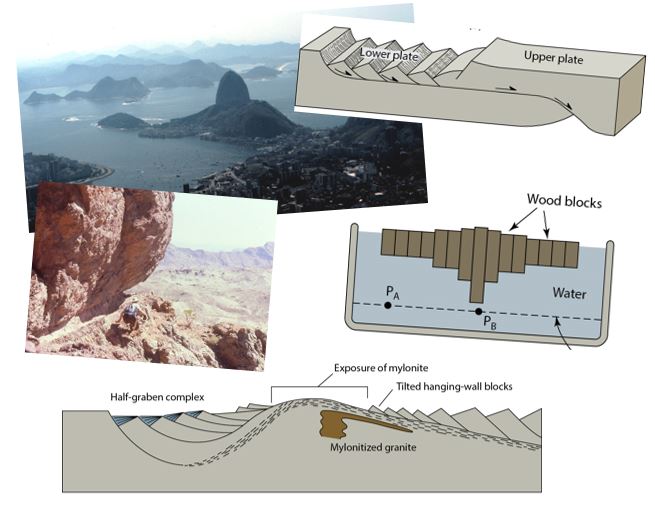 12. Extension Tectonics 12. Extension Tectonics
Today’s divergent plate boundaries
- Ocean Ridges
- Lithologies (ophiolite)
Failed rifts
Structural styles of rifting
- Pure shear systems
- Simple shear systems
Stretching factor
Metamorphic core complexes (and isostasy)
Rift evolution and Passive margins
Causes of rifting and extension
eGEW-GeoTrips: Extension Tectonics (demo)
Supplementary Material
Today's plates and boundaries
Terminology
Reading |
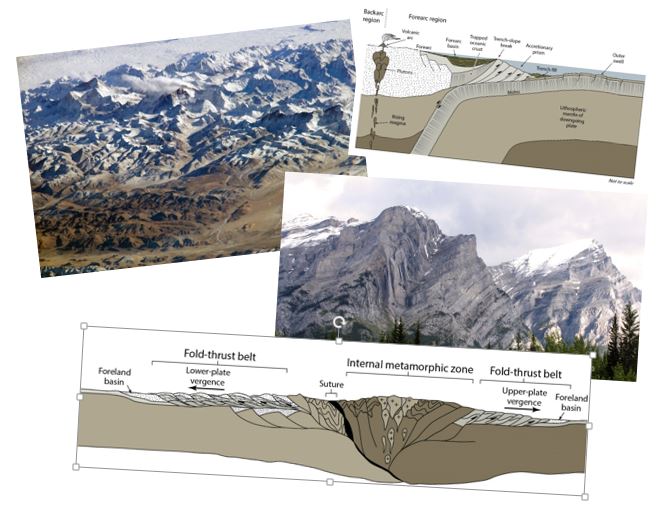 13. Contraction Tectonics 13. Contraction Tectonics
Convergent plate margins
- Downgoing slab and Forebulge
- Trench
- Accretionary wedge
- Forearc basin and volcanic arc
- Backarc region
Stages of collision (Convergence-Suturing-Thickening-Collapse-Delamination)
Structures of collision
- Fold-thrust belts
- Fold-thrust kinematics
Related processes
- Extrusion tectonics
- Terrane accretion
Orogenic architecture
- Synoptic cross-sections
- Curved orogens (oroclines)
Speculations on orogenic style
eGEW-GeoTrips: Contraction Tectonics (demo)
Supplementary Material
Terminology (incl fold-thrust belts)
Balanced cross-sections
Reading |
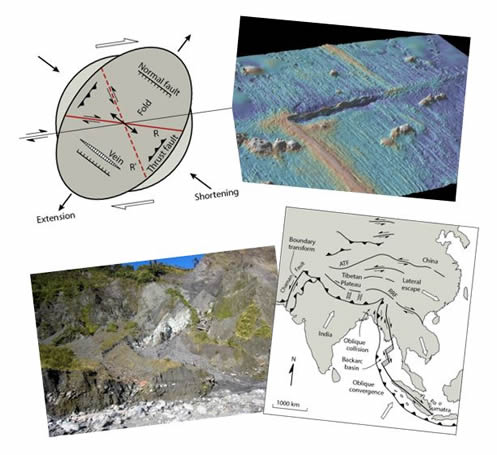 14. Wrench Tectonics 14. Wrench Tectonics
Classes of strike-slip faults
- Transfer faults
- Transcurrent faults
Strike-slip systems
- Transpression and transtension
- Restraining and releasing bends
- Strike-slip duplexes
Continental strike-slip faults
Oceanic strike-slip faults
- Transform faults
- Fracture zones
eGEW-GeoTrips: Wrench Tectonics (demo)
Supplementary Material
Terminology
Reading |
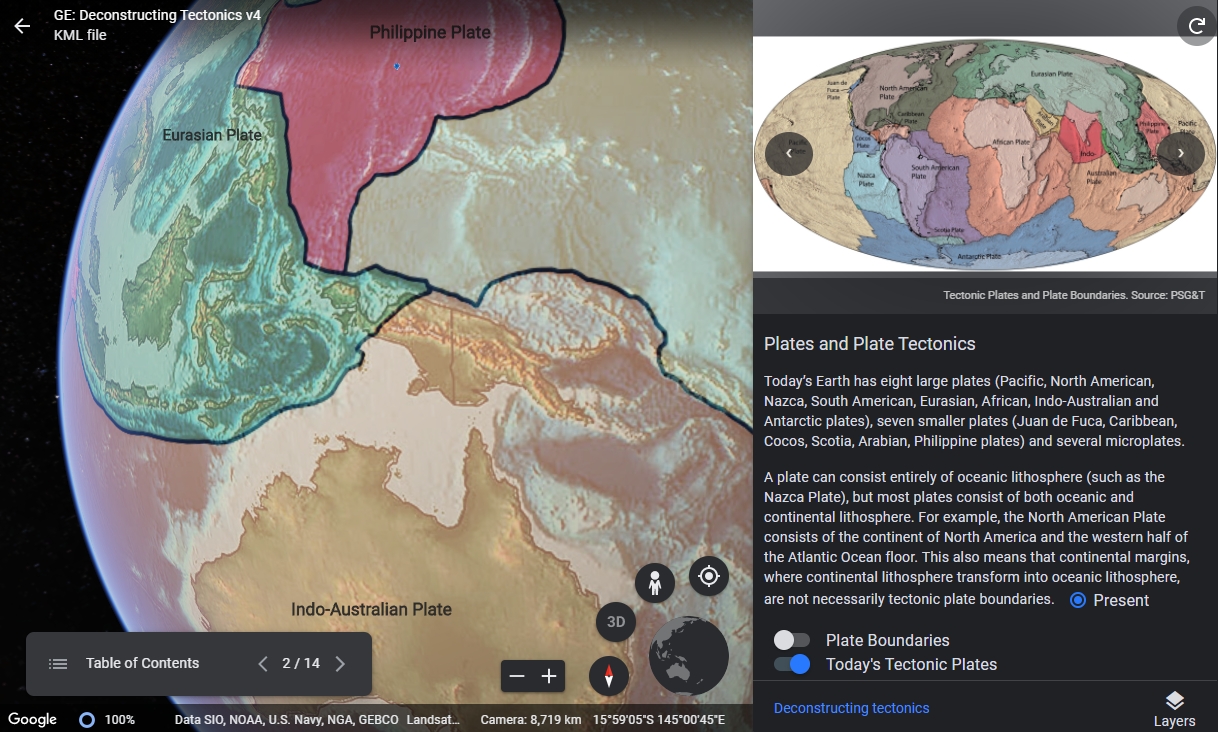 15. Deconstructing Tectonics 15. Deconstructing Tectonics
15.1 Plate Tectonics
- 15.1.1 Plate Boundaries
- 15.1.2 Tectonic Tree
15.2 Rifting
15.3 Continental Breakup, Ocean Ridges and Fracture Zones
15.4 Hotspots and Hotspot Tracks
15.5 Volcanics Arcs and Backarc Basins
15.6 Continental Collision
15.7 Terrane Accretion
15.8 Closing and Opening of Ocean Basins
15.9 Formation of Supercontinents
15.10 Plate Velocities
15.11 Future Earth
References
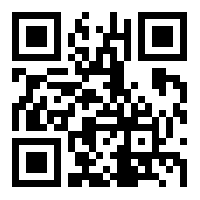 eGEW-GeoExplorations: Deconstructing Tectonics eGEW-GeoExplorations: Deconstructing Tectonics
|


 eGEW-GeoExplorations:
eGEW-GeoExplorations: